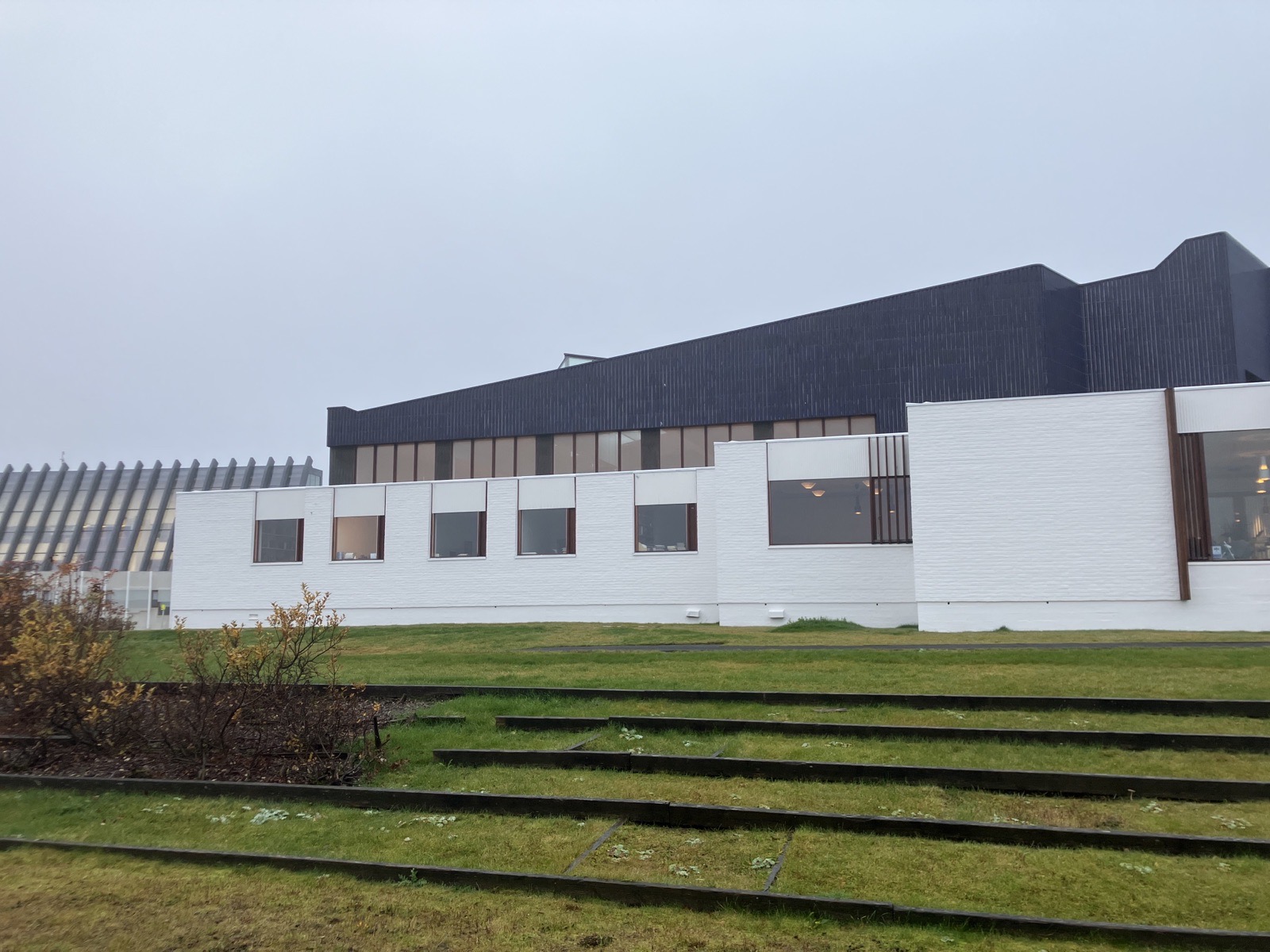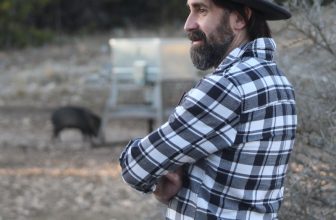
In Rejkjavik, the well-known Finnish architect Alvar Aalto designed a beautiful house that is all about Nordic countries cooperation, the “Nordic House”. We had the honour to be part of the opening seminar there, for nine new Arctic research projects, funded by the Nordic Council of Ministers through its Nordforsk research programme, jointly with Canadian funding from their “New Frontiers in Research Fund” (NFRF).

The selection process was rigorous and tough: of 199 submitted applications, nine got a positive funding decision, featuring 66 partner institutions and almost 186 researchers. among the nine funded ones is our new project SPECIES, an interdisciplinary exploration of sustainability challenges around six iconic Arctic species that shape Arctic livelihoods in three countries: reindeer, king crab, native cattle breeds, seals, polar bear, and musk oxen. Readers here will find out more about this project in the following three years.
The minister of Nordic Cooperation in Iceland, Logi Einarsson opened the seminar, highlighting that this Nordic-Canadian collaboration should strengthen the Arctic as a research space that upholds the values of democracy, peace, knowledge, cooperation and sustainability.

He emphasized that policy here should be guided by knowledge. And this is what the nine projects in this programme are going to provide. Interesting that the call selection committee chair was a Professor of theoretical physics – Sven Stafström. Not what you expect in a programme where research projects emphasize the importance of indigenous ways of knowing, and indigenous research ethics. Correspondingly, co-creation of knowledge features prominently, through highlighting the research ethics protocols by the Inuit Circumpolar Confererence, and the Guidelines for Participation in Research of the Sámi Council. Both these ethical guidelines place high importance on the sharing of research goals and priorities.
Particularly resonating for many of us who work with people on the land was a passage in the speech by Sámi Council representative Julius Mikhkhal Eriksen Lindi: that operating with the written word as the principal means of consent and collaboration is not always appropriate, and we should be flexible for other ways of working together too. At the anthropology reesarch team in the Arctic Centre, we have good expertise on that, exemplified by Roza Laptander’s work on silence in her dissertation some years ago, and Lukas Allemann’s and Stephan Dudeck’s article of returning to the field with research outputs. The same applies for what Reid and colleagues have called “two-eyed seeing”, a way to integrate indigenous and western scientific ways of knowing. This implies acknowledging diversity of ways of knowing, equity of these ways of knowing, and a flat hierarchy, so that it is not the science knowledge controlling indigenous ways of knowing, and maybe not even the other way round either. Underlying this is the process of decolonising research, and in this respect we found out about new ethics advances we were not aware of yet. For example, how many of you knew what the SODA guideline is? It stands for Sámi Ownership and Data Access. The main emphasis in this document reminds of the sad colonial past of research, when research was done more on than with indigenous people in the Arctic. This is why SODA is mostly about how the Sámi need to have control over the use and ownership of their data. Along the same line, Kim Douglas, the Canadian project officer from the New Frontiers in Research Fund emphasized that in trans-systemic research projects need to be beneficial for both knowledge traditions – the indigenous and the scientific.
In the plenary of the seminar, each project got just a 2 minute slot to introduce their topic and their team – a challenge! Short project abstracts are already on the Nordforsk website. At the Arctic Centre in Rovaniemi, we are proud that we are a consortium party in three of the nine funded projects. Impressive! So we are in 33% of all funded Nordic Arctic Sustainability research projects😊. Besides our own SPECIES project coordinated by Richard Fraser at Tromso anthropology, congratulations also to colleagues Minna Turunen , who is part of the FROST project, investigating ice and snow dynamics on Arctic lakes, including how fish dies in Arctic lakes due to lack of oxygen. That reminds me of a conservation that I had with Alexander Serotetto on the West Siberian Yamal Peninsula, who told me about this phenomenon 20 years ago. He thought that in some of these cases of low oxygen in these lakes, responsible fishing means not only restricting fish catch, but also the other way round – making sure ENOUGH fish is caught, to maintain a healthy multi-species balance in the lake, preventing fish over-population. Also congratulations to Timo Koivurova, who is part of the CRIMINA project, which is not about criminality, but critical minerals😊.
A personal observation: one unfortunate aspect in the discussions is how the circumpolarity of the Arctic has ceased to exist in people’s minds, for obvious reasons of the Russian half of the Arctic being separated from the western half. We cannot change the political situation, but it is unfortunate that everyone speaks about the Arctic, as if it were still a whole, but in fact they think and speak of only the western half. Even when it comes to such understandings such as Sápmi – the Sámi homeland. It goes without saying already that project works involve only the western part of Sápmi, meaning the Norwegian, Swedish and Finnish Sámi area, not even mentioning that a part of Sápmi is also located in what is today Murmansk Oblast. With our 30 years past of working and co-creating together with people in Siberia at the Arctic Anthropology Research team, I find this development regrettable. Let us not forget that the Eurasian Arctic does not cease to exist “just” because of geopolitical tensions. We still continue to have our partners and collaborators there, who wait as we also do for the restoration of these ties beyond private contacts among friends.
On the other hand, the organisers at Nordforsk invest great effort in building a research community among those who implement these nine projects, facilitating exchange between projects, avoid overlap, capitalise on synergies and integrate our efforts of co-creating with our research partners. We look forward to this!






